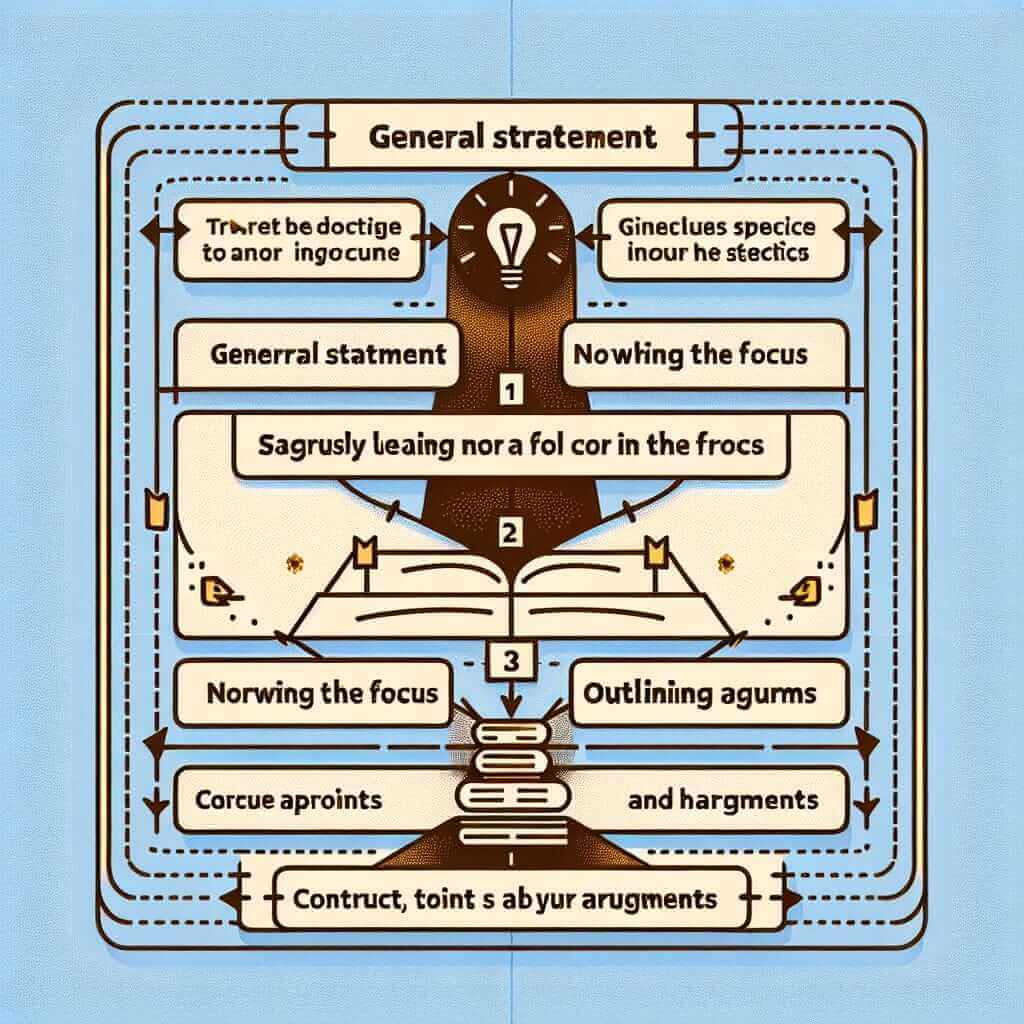As an IELTS instructor with over two decades of experience, I’ve witnessed firsthand the struggles students face when crafting a compelling introduction for their IELTS Writing Task 2 essays. A strong introduction is crucial for setting the tone, showcasing your understanding of the prompt, and ultimately, securing a higher band score.
The Importance of a Well-Structured Introduction in IELTS Writing
Your introduction acts as a roadmap for the examiner, providing a clear preview of your stance and the arguments you’ll present in subsequent paragraphs. It demonstrates your ability to analyze the task, formulate a relevant response, and present it in a cohesive and engaging manner.
Crafting an Effective Introduction: A Step-by-Step Guide
A successful IELTS Writing Task 2 introduction typically consists of three key components:
1. General Statement: Setting the Context
Begin by introducing the topic in broad terms, highlighting its relevance in today’s world. Avoid simply paraphrasing the prompt verbatim. Instead, aim to demonstrate your vocabulary and understanding of the issue.
Example:
- Prompt: Many people believe that social media has had a negative impact on personal relationships. To what extent do you agree or disagree?
- General Statement: The proliferation of social media platforms has undoubtedly transformed the way we interact with one another, sparking widespread debate about its impact on interpersonal connections.
2. Narrowing the Focus: Introducing Your Stance
Transition smoothly from the general statement to your specific stance on the issue. Clearly state whether you agree, disagree, or partially agree with the prompt.
Example:
- Narrowing the Focus: While social media offers undeniable benefits in terms of connectivity, I firmly believe that its overall effect on personal relationships has been detrimental.
3. Outlining Your Arguments: Providing a Preview
Conclude your introduction by briefly outlining the main arguments you will discuss in your essay. This helps the examiner understand the structure and flow of your response.
Example:
- Outlining Arguments: This essay will explore how social media contributes to superficial relationships, fosters unrealistic comparisons, and ultimately diminishes the quality of face-to-face interactions.
Analyzing an Example from a Real IELTS Exam
Let’s examine an example from a past IELTS Writing Task 2 question:
- Prompt: Some people argue that the government should invest in public transportation, while others believe that investing in roads is more important. Discuss both views and give your own opinion.
Here’s an example of a well-structured introduction:
- Introduction: The allocation of government funds for infrastructure development is a topic of ongoing debate worldwide. While some advocate for increased investment in public transportation systems, others prioritize the expansion and improvement of road networks. This essay will examine both perspectives before presenting the argument that a balanced approach, addressing the specific needs of each community, is ultimately the most effective strategy.

Top Tips for Writing a Strong Introduction
- Keep it concise: Aim for 3-4 sentences and no more than 60 words.
- Use a formal tone: Avoid contractions, slang, and overly casual language.
- Hook the reader: Engage the examiner with a thought-provoking statement or question.
- Proofread carefully: Ensure your introduction is free of grammatical errors and typos.
By following these guidelines, you can craft compelling introductions that impress examiners and pave the way for a high-scoring IELTS Writing Task 2 essay. Remember, practice makes perfect. The more you write, the more confident you’ll become in your ability to create impactful introductions that showcase your language proficiency and analytical skills.